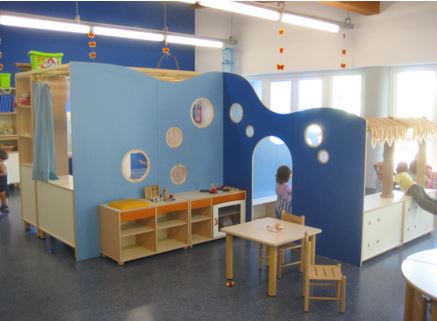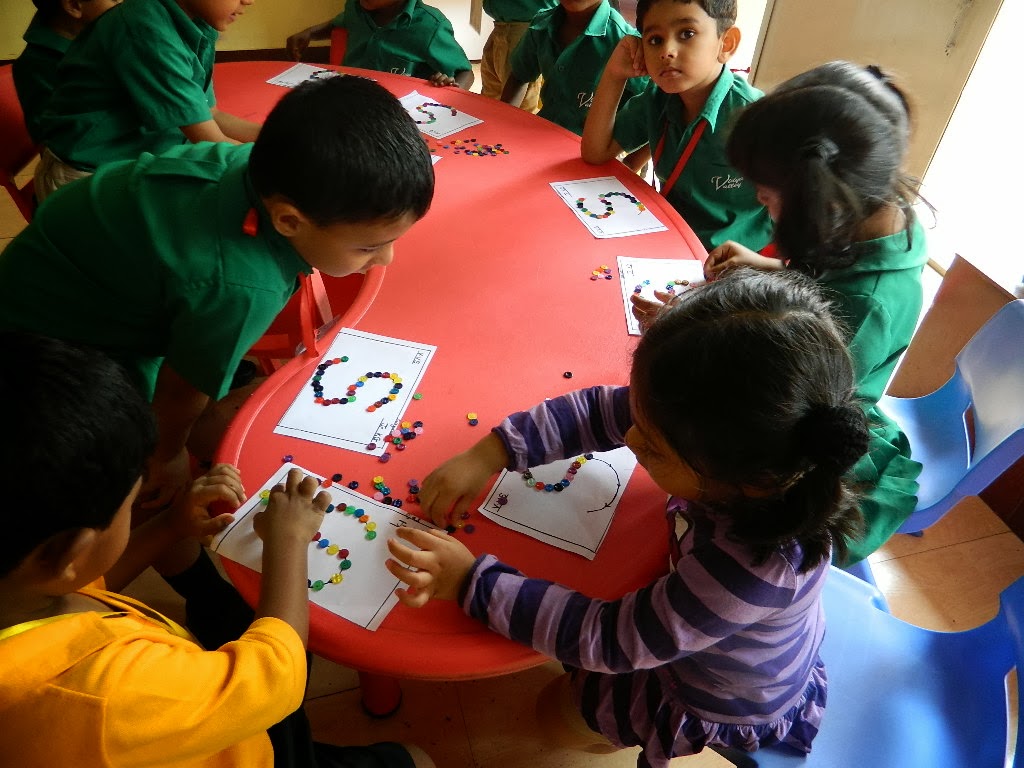A Preschool plays a key role in your child’s learning and development but many a times we are unaware of what constitutes a quality preschool curriculum. There are a lot of curriculum models available and it is necessary to understand that the model a preschool follows fits in with your child’s learning requirement. The basic goal no doubt of every preschool is to enhance those early skills and knowledge but what children learn and how they learn is the most important thing.
Cyber Safety Initiatives by NexSchools
Wall Of I Support For Cyber Safety Awareness Campaign
NexSchools Runs The Largest School Cyber Safety Awareness Campaign
NexSchools Becomes STOP. THINK. CONNECT. Partner
School Children Making A Difference With Blogs
Celebrating Success Stories Of Lil Bloggers
NexSchools Announces Successful Completion of Cyber Warrior Ambassador Certificate Course
A preschools approach to teaching is usually created from many resources; it may include knowledge from early childhood experts who understand child growth and development or from the teaching staff’s own experience with children in different environments. Some may follow an approach that is a combination of philosophy and their experience.
With all these new terms and philosophies, sometimes it may become a little overwhelming while picking a preschool but with a little research, it will be easy for you to make the right choice for your child’s first formal educational experience which will set a stage for their lifetime learning.
Choosing by Philosophy
In general a preschool will describe their approach as either play-based or academic. Within these approaches, there are several more specific approaches, such as Montessori, Waldorf, Reggio Emilia and more. Understanding these different terms will help you find the program that suits your child’s needs, since many of the approaches tend to overlap.
Before you begin your preschool search, you may want to think about what you really value as a vital element in an early education for your child. Do you want a structured approach to learning or do you want lots of free play or you are more interested in music or arts or maybe you want to have a mix of everything.
Now let’s understand these settings in detail:

Image Courtsey: Wikimedia commons: Vincenzo_Mainardi
Play-based Program
In this program, your child will choose activities based upon their interests. The classrooms here are usually divided into sections such as house, kitchen, space with blocks and toys, reading area etc. The teachers encourage kids to play, facilitating social skills and cooperation, early mathematics, sign learning along the way.
Academic Program
This program stresses on “teacher-directed” facilitation. In this program, teachers lead the children in a more structured way i.e., planning the activities on a daily/weekly/monthly basis and then guiding the children to perform those activities. Maximum classroom time is dedicated to learning letters, numbers, sounds, shapes, colors etc.
Although the overall setting of the structure may seem comfortable to you but remember preschool is a time to develop social and emotional skills; competency based skills of numeracy, literacy or academic skills can wait for later on.
Some parents may feel that a play-based classroom is too chaotic and your child will not be able to adjust in it, they can easily opt for a more structured setting. Just keep in mind that a preschool should not look like a primary/elementary school.
Project Based Program
 In this program, your child will learn by exploration and collaboration. This type of program is child-centric with teachers offering help and serving as a guide only when needed. The child works independently and makes their own decision, set their own rules and directions for the task. This type of program includes a lot of field trips.
In this program, your child will learn by exploration and collaboration. This type of program is child-centric with teachers offering help and serving as a guide only when needed. The child works independently and makes their own decision, set their own rules and directions for the task. This type of program includes a lot of field trips.
Child Centric
A child’s interest is the key element of this program. The activities are not pre-planned; they are conducted as per the interest of a child. Thus a child gets multiple opportunities to choose activities depending on his/her interest during the day.
Child Led Setting
This setting gives an opportunity to a child to initiate an activity of his/her choice. Here a teacher usually asks about a child’s interest and gives them the required material to do that activity based rather than a group activity. Here a child is encouraged to experience individual learning.
Teacher Led Setting
In this setting, the teacher pre plans the activities to be conducted for the day as against the child centric setting. There is a structured learning environment wherein children conduct activities as per the curriculum set by the teacher in advance.
Developmentally Appropriate
In this setting, the curriculum and activities are planned as per the age of the children. The curriculum is created by a group of child development experts as well as experienced teachers of the field,
Parent Tips
Whether you choose a play based, project based or academic based school, remember a quality preschool program can set the foundation for the transition to elementary school. What matters is that your child should enjoy learning, should get used to classroom setting and know how to engage with other adults and kids.
Also, try to be open-minded while exploring different schools. Let your child give you clues as to what works best for them and what place he like. Beyond all these philosophies though it is also important to consider various aspects of cost, location, safety, hygiene, schedule, staff’s credentials and your child’s specific needs. But do some research, and you’ll feel much more confident that you are choosing a preschool that fits right for your child.